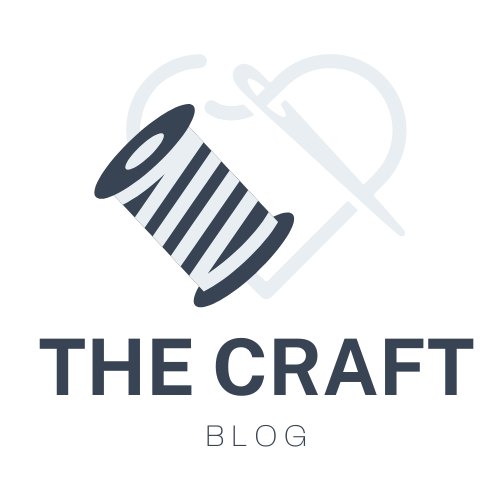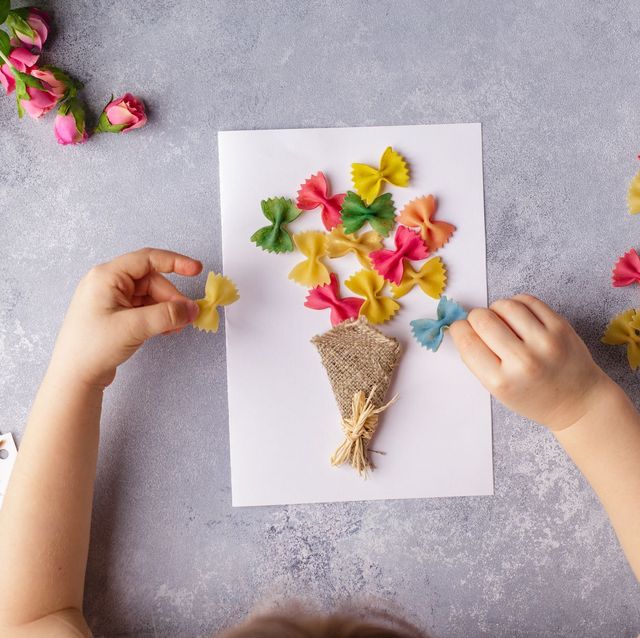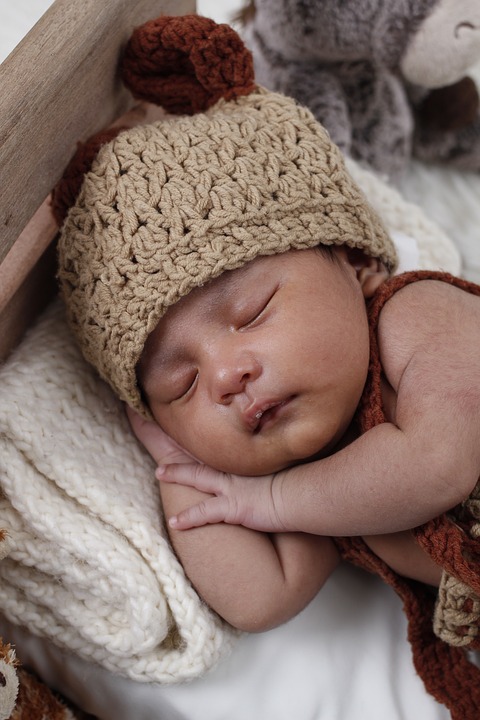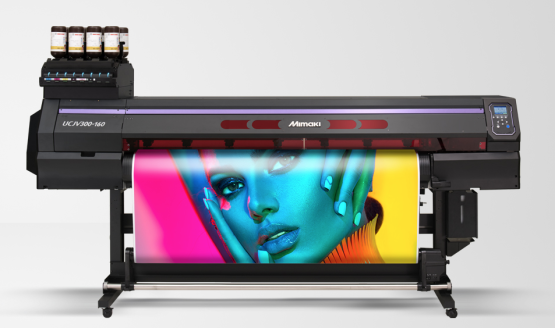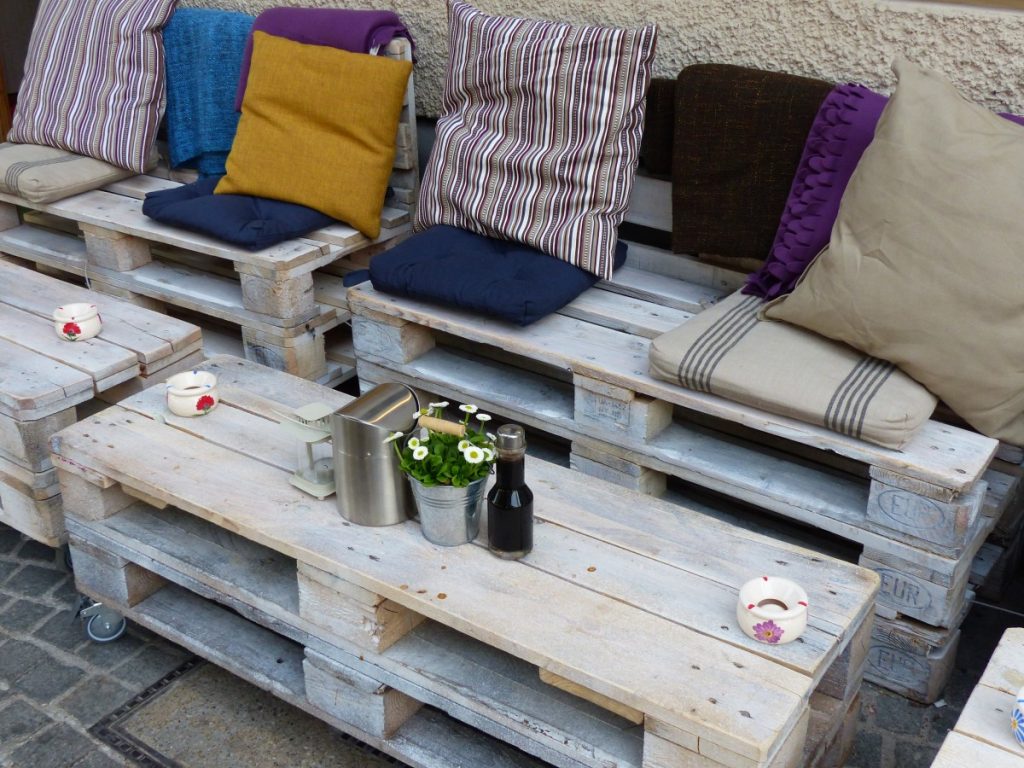
How to Make a Pallet Coffee Table
Making a coffee table out of pallet wood is within everyone’s reach. Recycling a few wooden pallets allows you to combine economy and ecology. With a bit of imagination and a few hours of DIY, you get a modern and original table.
Follow our step by step to make a coffee table with a superposition of 2 pallets.
Structure of the pallets
Pallets are generally made up of the following elements:
3 skids (which rest on the ground);
dice (3 dice per base);
crosspieces, placed perpendicularly to the base plates on the dice;
and boards on top spaced more or less.
Good to know: a simpler pallet can be formed with crosspieces placed on the edge (on the thickness of the board) without dice.
Reusable pallets
Intended for transporting goods abroad, they are heavy, solid, and necessarily treated (and sometimes painted).
These pallets are difficult to dismantle but have the advantage of being treated.
Disposable pallets
Easily dismantled, they are practical for making interior furniture.
Made of raw, untreated wood, they come in different qualities and sizes depending on the goods transported. The most solid are those intended for construction materials.
Collect pallets in DIY stores, from merchants, or on building sites.
Good to know: make sure you can transport the pallets with your vehicle (in the trunk or on the roof rack), and equip yourself with gloves to handle them without injuring yourself.
1. Prepare the pallets
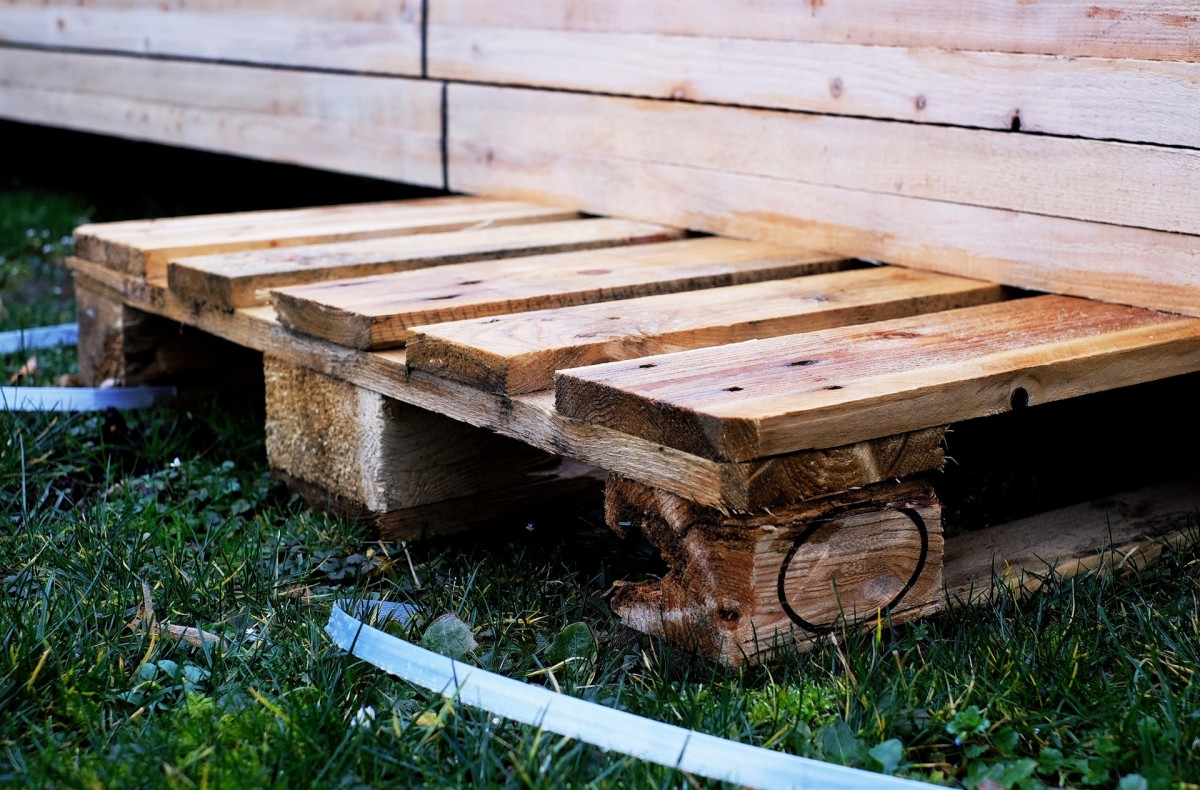
Collect 2 pallets to make your coffee table.
Good to know: you can also make a table simpler with a single pallet.
Sand the pallets
Sand the pallets over their surface using a coarse grit to remove any roughness.
Re-sand with a finer grit to get a smoother feel.
Clean the pallets
Dust the pallets with a brush.
Clean with soap and water and let dry.
2. Fill the bottom of the bottom pallet
Each pallet will be completed with a solid bottom. This provides more storage for magazines, books, etc.
Good to know: the top tray can be left as is for a more “airy” table design.
Remove the center base of the pallets
Place the pallet upside down.
Remove the middle flange with a crowbar or hammer.
Remove the nails with pliers.
Shape the bottom
Measure the exact dimensions between the two flanges on each side of the pallet.
Use a jigsaw to cut a plywood board to these dimensions.
Fit the bottom between the flanges to make sure it fits properly. Correct the dimensions if necessary.
Remove it.
Paint the bottom
Paint or stain the plywood board. It’s more accessible before it’s installed!
Let it dry.
3. Fill the top of the top pallet
Choose the pallet that will serve as the top of the coffee table. If the top of the pallet is not full, fill it with cleats:
Take wooden cleats the same width as the spacing between the pallet boards.
Cut the cleats to the length of the boards.
Insert them into the spaces between the boards. Adjust the length and width of the cleats if necessary.
Remove them.
Good to know: if you choose to decorate with strips of a different color than the pallet boards, paint them and attach them after painting the pallet.
Glue the crosspieces and then replace the cleats between the boards to secure them.
Good to know: you can also block the cleats by screwing 2 wooden cleats on the sides of the pallet.
4. Prepare the top and bottom trays
The 2 trays will be painted, and their bottom will be assembled in the same way.
Paint the tray
Stain or paint the entire pallet.
Apply two coats, allowing to dry well between applications.
Assemble the bottom
Turn the pallet over once the stain or paint is dry.
Fit the bottom if one is between the side skids, and nail it to the center dice.
5. Place the casters and assemble the two trays
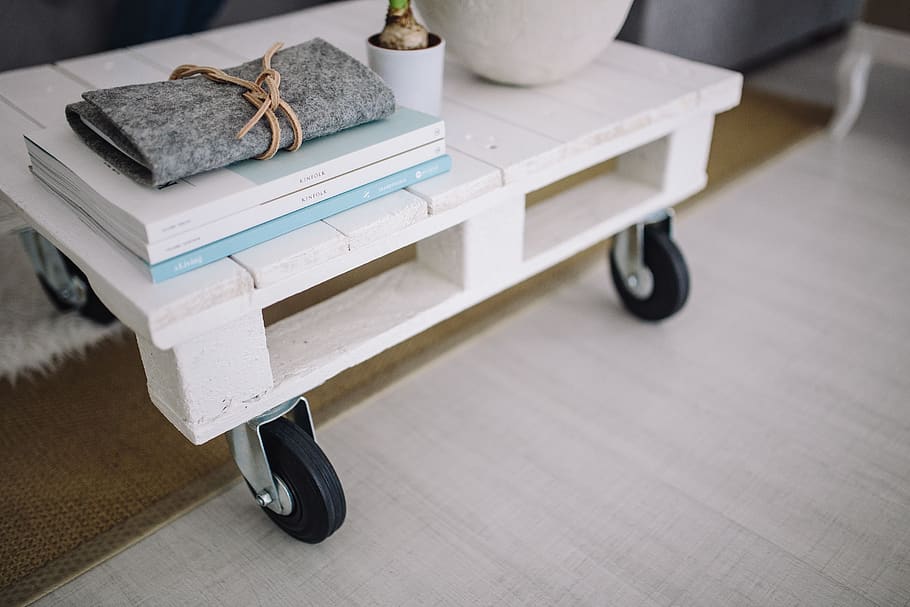
Place the casters.
Turn the bottom tray over.
Mark the location of the casters at the four corners.
Secure them with screws.
Turn the tray right side up.
Place the top tray on top of the bottom tray
Place the top tray on top of the bottom tray, ensuring they are edge to edge.
Secure the two pallets together with the side brackets.
6. Finish your coffee table
Depending on the style of your table, several finishes are possible:
Apply a coat of paint with a large brush for an aged effect.
Apply a coat of colorless stain.
Apply a coat of varnish once the paint is dry to protect the table.
Place a glass plate on top for a modern effect.
Good to know: to give an industrial style and protect the edges, you can glue metal angles on the contours of the table.
Materials needed to make a pallet coffee table
Brush
Flat head nails
Thick protective gloves
Hammer
Tape measure
Sanding paper for sander
Crowbar
Brush
Sander
Jigsaw
Drawer
Pliers
Phillips screwdriver
Wood screws
Screwdriver
